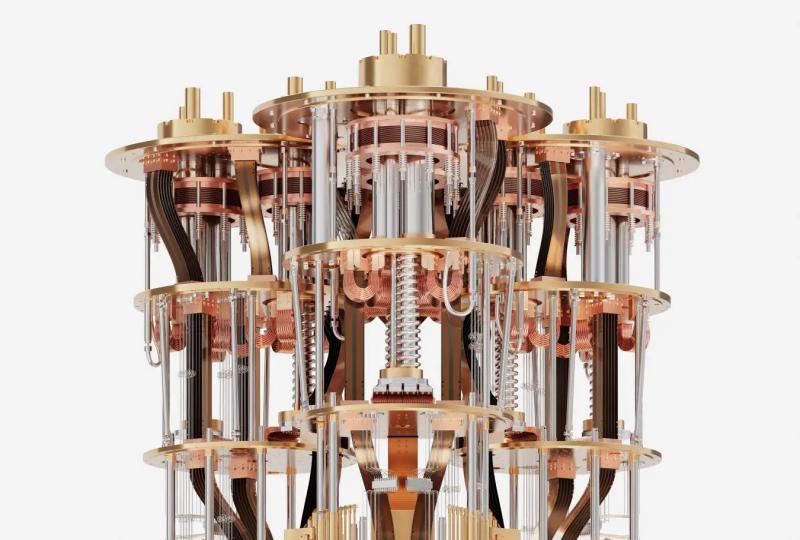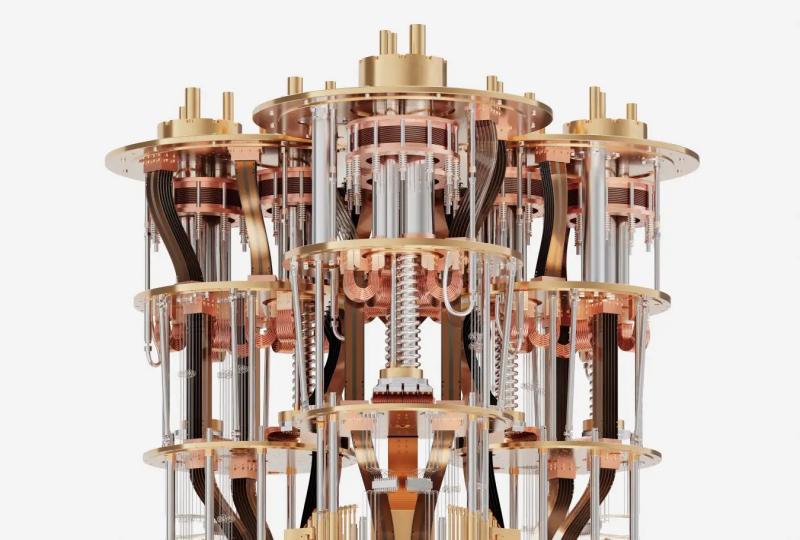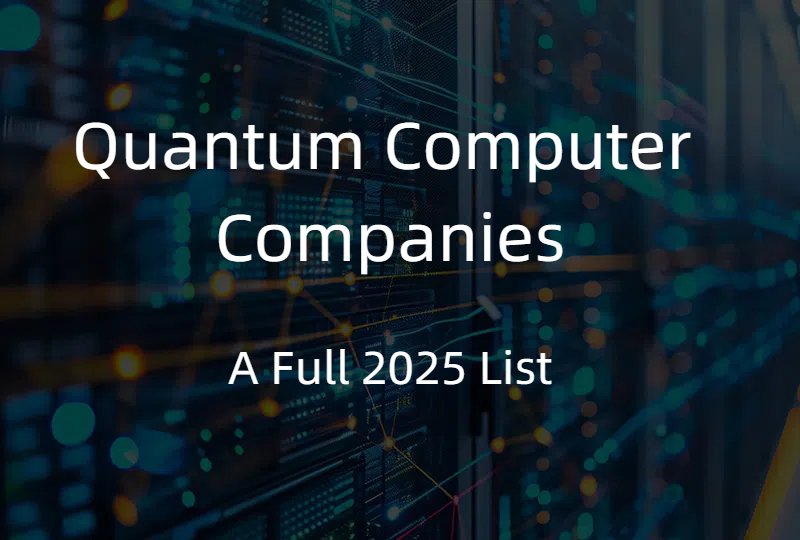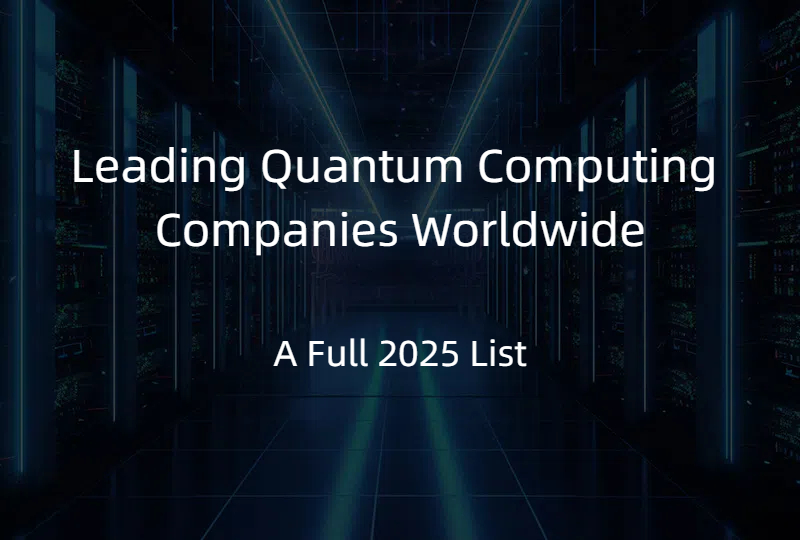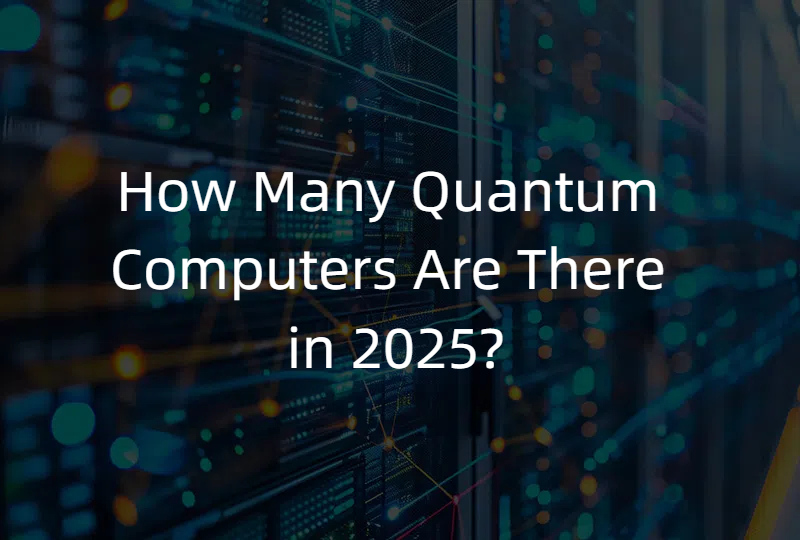The Surprising Global Footprint of Quantum Computers in 2025
2025.07.21 · Blog Quantum Computers ; SpinQ Quantum Computersquantum computerquantum computing
1. Executive Summary: A Distributed Quantum Ecosystem Emerges
By the close of 2025, over 100 quantum computing systems will be operational worldwide—a figure that encompasses vastly different technologies, from million-qubit research prototypes to accessible desktop units. This count hinges critically on **inclusion criteria**: whether we count only gate-based superconducting behemoths like IBM's or Google's, or also educational NMR devices, quantum annealers, and cloud-accessible prototypes. The landscape reveals a **two-track evolution**: industrial players racing toward fault-tolerant machines for complex problem-solving, while startups like SpinQ democratize access through portable, cost-effective devices for education and algorithm testing .
2. Defining “Quantum Computer”: It’s Not One-Size-Fits-All
The term “quantum computer” now spans multiple architectural paradigms, each serving distinct purposes:
-
Gate-based Systems (Universal QC):
-
Superconducting: IBM's 100+ qubit Condor/Starling, Google's Willow chips; require near-absolute-zero cooling .
-
Trapped-Ion: Quantinuum/IonQ systems; excel in coherence times but lag in qubit counts .
-
Photonic: Xanadu/PsiQuantum; leverage light for room-temperature operation .
-
-
Quantum Annealers (Specialized): D-Wave’s 5,000+ qubit systems; optimized for optimization problems .
-
NMR Quantum Computers: SpinQ’s 2-3 qubit desktop devices (e.g., Gemini Mini); operate at room temperature for education .
-
Emerging Modalities: Neutral atom arrays (Atom Computing) and topological qubits (Microsoft) remain experimental .
Table: Key Quantum Computer Types & Representatives (2025)
|
Type |
Key Players |
Qubit Range |
Operating Temp |
Primary Use Case |
|
Superconducting |
IBM, Google |
100–2,000 |
Near 0K (-273°C) |
Research, optimization |
|
Trapped-Ion |
IonQ, Quantinuum |
20–50 |
Ultra-high vacuum |
Precision chemistry |
|
Photonic |
Xanadu |
8–100 |
Room temperature |
Quantum networking |
|
NMR |
SpinQ |
2–3 |
Room temperature |
Education, training |
|
Annealer |
D-Wave |
5,000+ |
Near 0K |
Combinatorial optimization |
3. Global Installations: A Decentralized Quantum Network
By late 2025, quantum resources will be distributed across academia, industry, and classrooms:
-
IBM: 20–30 cloud-accessible systems via IBM Quantum Network, including Eagle and upcoming Loon processors .
-
Google: 5–10 internal R&D systems; Willow chips used for AI/chemistry simulations .
-
IonQ/Rigetti/Quantinuum: 3–5 systems each; hybrid cloud offerings for enterprise clients .
-
D-Wave: 5–10 annealers deployed in data centers (e.g., AWS, Volkswagen Labs) .
-
SpinQ: 500+ desktop NMR units in 30+ countries; deployed at universities like MIT, ETH Zurich & K-12 schools .
Table: Geographic Distribution of Quantum Systems (Projected 2025)
|
Region |
Industrial/Research QCs |
Educational/Desktop QCs |
Key Deployment Sites |
|
North America |
40–50 |
150+ |
IBM NY, Google CA, SpinQ at MIT |
|
Europe |
20–30 |
100+ |
ETH Zurich, CERN, Max Planck Institutes |
|
Asia-Pacific |
15–20 |
200+ |
UTokyo, NTU Singapore, SpinQ Shenzhen |
|
Rest of World |
5–10 |
50+ |
Wits University (SA), UAE Quantum Hub |
4. SpinQ’s Strategic Role: Democratizing Quantum Access
Founded in Shenzhen (2018), SpinQ pioneered the **“full-stack” quantum education ecosystem**:
-
Desktop Quantum Computers: Gemini (2 qubits), Triangulum (3 qubits), and Gemini Mini—plug-and-play, $5k–$20k price range, enabling NMR experiments in undergrad labs .
-
Cloud-Quantum Hybrid Platform: Integrates superconducting QPUs with simulators; supports Python-based algorithm development for researchers .
-
Global Training Pipelines: Partnered with 200+ institutions; curriculum spans from high school qubit demonstrations to graduate-level quantum control labs .
Why NMR? While limited to 2–3 qubits, SpinQ’s devices operate at room temperature with no cryogenic overhead—critical for budget-constrained schools. As stated by a SpinQ engineer: “We’re building the quantum workforce today by making hardware tangible.”
5. Counting Methodology: What Gets Included?
The “100+” estimate depends heavily on **inclusion thresholds**:
-
**Included**: Public cloud QPUs (IBM/Azure), commercial annealers (D-Wave), educational NMR devices (SpinQ), and reported academic prototypes (Harvard neutral atoms).
-
**Debated**: Internal corporate R&D systems (e.g., Google’s non-cloud Willow), sub-2-qubit demonstrators, and unreported military projects.
-
**Excluded**: Quantum simulators on classical HPC (NVIDIA CUDA-Q) .
6. Trajectory Through 2025: Scale vs. Accessibility
The quantum ecosystem splits into two parallel paths:
-
Industrial Scale-Up: IBM’s roadmap targets 200 logical qubits with Starling (2029) via qLDPC error correction—reducing physical qubit overhead by 90% .
-
Educational Proliferation: SpinQ aims to deploy 1,000+ desktops by 2026; cloud platforms (NVIDIA Quantum Cloud, Rigetti) enable remote algorithm testing .
7. Why This Diversity Matters: Beyond Quantum Supremacy
-
Education: SpinQ devices let students run Grover’s algorithm physically—not just in simulators—building intuition for superposition/entanglement .
-
Algorithm Development: Hybrid platforms (e.g., NVIDIA CUDA-Q + IBM Qiskit) let researchers test variational algorithms across qubit modalities .
-
Workforce Growth: Over 500 universities now teach quantum engineering using SpinQ tools—preparing talent for fault-tolerant systems post-2030 .
“**If quantum is to become the next transistor, we need both moon shots and microscopes.** SpinQ’s microscopes train the minds who’ll build the moon shots.”
— Quantum Education Director, ETH Zurich
8. Academic Impact: From Lecture Halls to Research Labs
-
K-12 Engagement: SpinQ’s Gemini Mini used in 50+ high schools for quantum spin demonstrations .
-
Undergrad Labs: Universities like NUS use Triangulum for NMR quantum control experiments—replacing $1M+ equipment .
-
Cloud-Research Synergy: Platforms like NVIDIA Quantum Cloud enable molecular simulation (e.g., Promethium) using hybrid quantum-classical workflows .
Conclusion: Quantum’s “Hidden” Infrastructure
The question “do quantum computers exist?” has shifted from “if” to “where and for whom.” As IBM races toward 200 logical qubits and SpinQ seeds classrooms globally, quantum computing is no longer confined to elite labs—it’s a layered reality blending scale, specialization, and accessibility. By 2026, expect over 500 quantum devices worldwide, with desktops and annealers comprising 80% of installations. The true revolution isn’t just in qubit counts, but in **democratized access to quantum’s transformative lens**.
Explore Further:
Featured Content


